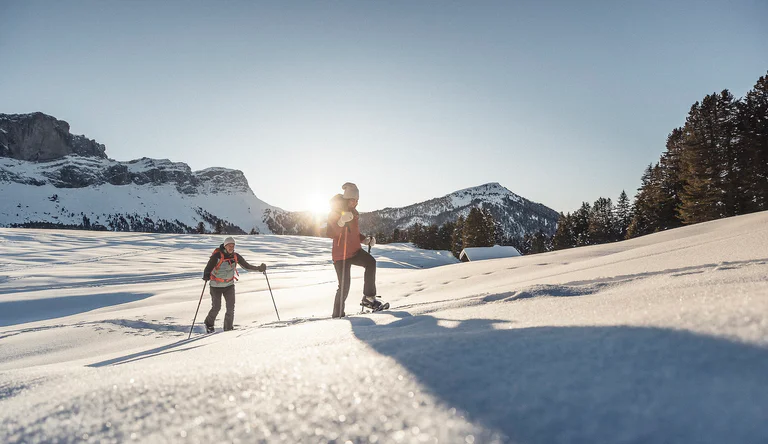Wineries
Bolzano/Bozen, Bolzano/Bozen and environs
“Family business” is a tag that many operations pin to their lapels. But the Hans Rottensteiner Estate Winery does so legitimately. “All of the family members are involved in some way in the success of the operation – whether directly in the winery, in the office, or as grape suppliers,” explains Hannes Rottensteiner, who runs the estate winery along with his wife Judith in what is now the third generation.
But the estate is not just rooted in the family, it is also rooted in the world of Bolzano wine and its tradition. “Our focus lies fundamentally in the single varietal indigenous wines with a strong emphasis on the two typical Bolzano wines of Santa Maddalena and Lagrein,” the winegrower says. These have found the ideal conditions in the Bolzano porphyry soils, added to which these soils provide accentuated mineral tones in the wines.
In addition to those classic Bolzano reds, the significance of Pinot Blanc is also growing for the Hans Rottensteiner Estate Winery. “In recent years, it has become more and more important for us,” says Rottensteiner. At the current time, they make around 35 percent white wine, which is rather unusual for an estate winery right in Bolzano.
So the two main pillars of the Hans Rottensteiner Estate Winery have now turned into three. And in the future, this will be emphasized even further. “We want to establish ourselves even more strongly as specialists for Santa Maddalena, Lagrein, and Pinot Blanc,” says Rottensteiner, formulating the goal for his estate winery. But nothing will change with another established tenet: they are and will continue to be a family operation steeped in tradition.
But the estate is not just rooted in the family, it is also rooted in the world of Bolzano wine and its tradition. “Our focus lies fundamentally in the single varietal indigenous wines with a strong emphasis on the two typical Bolzano wines of Santa Maddalena and Lagrein,” the winegrower says. These have found the ideal conditions in the Bolzano porphyry soils, added to which these soils provide accentuated mineral tones in the wines.
In addition to those classic Bolzano reds, the significance of Pinot Blanc is also growing for the Hans Rottensteiner Estate Winery. “In recent years, it has become more and more important for us,” says Rottensteiner. At the current time, they make around 35 percent white wine, which is rather unusual for an estate winery right in Bolzano.
So the two main pillars of the Hans Rottensteiner Estate Winery have now turned into three. And in the future, this will be emphasized even further. “We want to establish ourselves even more strongly as specialists for Santa Maddalena, Lagrein, and Pinot Blanc,” says Rottensteiner, formulating the goal for his estate winery. But nothing will change with another established tenet: they are and will continue to be a family operation steeped in tradition.






































